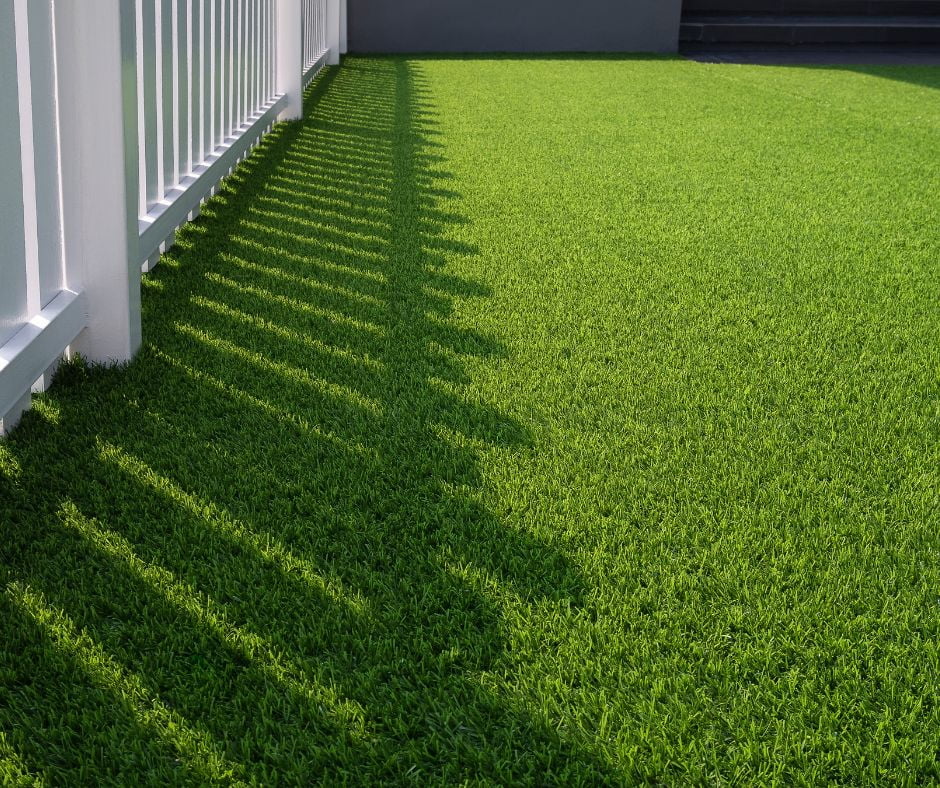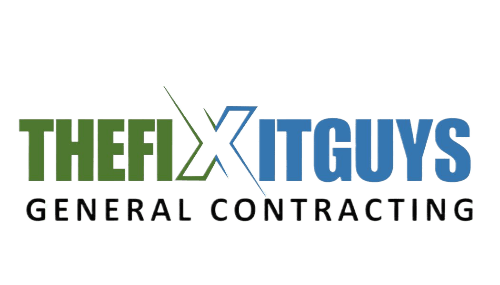Artificial turf is a popular choice for homeowners who want a beautiful, low-maintenance lawn. Although it requires less upkeep than natural grass, it still needs some care to stay in top condition. Here’s a guide to help you maintain your artificial turf.
Regular Cleaning
Debris, leaves, and dirt can accumulate on your artificial turf. Regularly remove this debris using a leaf blower, rake, or broom. For pet owners, cleaning up after your pets promptly is crucial to prevent odors and stains. Rinse the area with water to keep it fresh and clean.
Brushing the Turf
Over time, heavy use can cause the blades of your artificial turf to become flat. To keep the grass looking natural and upright, brush it with a stiff-bristled broom or a specialized turf brush. This is especially important in high-traffic areas. Brush in different directions to keep the fibers from becoming matted.
Managing Weeds and Moss
While artificial turf is generally weed-resistant, occasional weeds can still sprout around the edges or through small holes. Use a weed killer that’s safe for synthetic grass to tackle these intruders. Additionally, if you notice moss or algae starting to grow, a mild mixture of water and vinegar can help eliminate it.
Dealing with Stains
Preventing Burns and Melting
Artificial turf can get very hot in direct sunlight. Avoid placing grills, fire pits, or other sources of extreme heat on your turf to prevent melting. If the turf gets too hot, rinse it with water to cool it down before use.
Check the Infill
Infill, the material placed between the blades of grass, helps keep your artificial turf looking natural and provides a soft, cushioned feel. Over time, the infill can become compacted or displaced. Check the infill regularly and add more if needed to maintain the right level and consistency.
Addressing Damage
Minor repairs are sometimes necessary to keep your turf in perfect condition. If you notice any tears or seams coming apart, address them quickly. You can use a turf repair kit or contact a professional for more significant repairs.
Seasonal Maintenance
Each season brings different challenges. In autumn, you’ll need to clear fallen leaves more frequently. Winter can bring snow and ice; use a plastic shovel to remove snow and avoid using salt, which can damage the turf. In spring and summer, focus on regular brushing and cleaning.
Long-Term Care
With proper maintenance, your artificial turf can last many years. Periodically check for signs of wear and tear and address them promptly. Maintaining a regular cleaning and care schedule will ensure your lawn stays lush, green, and beautiful for years to come.
Following these tips will help you keep your artificial turf looking fresh and well-maintained. Enjoy the beauty of your low-maintenance lawn with just a little effort and care.


